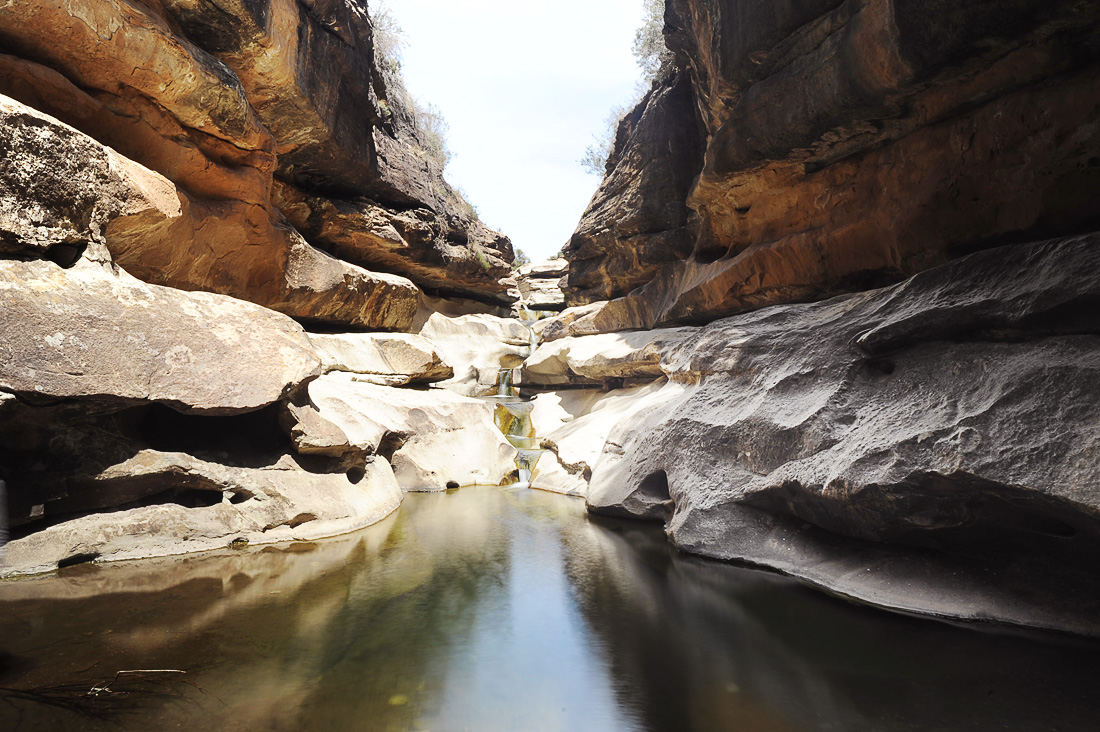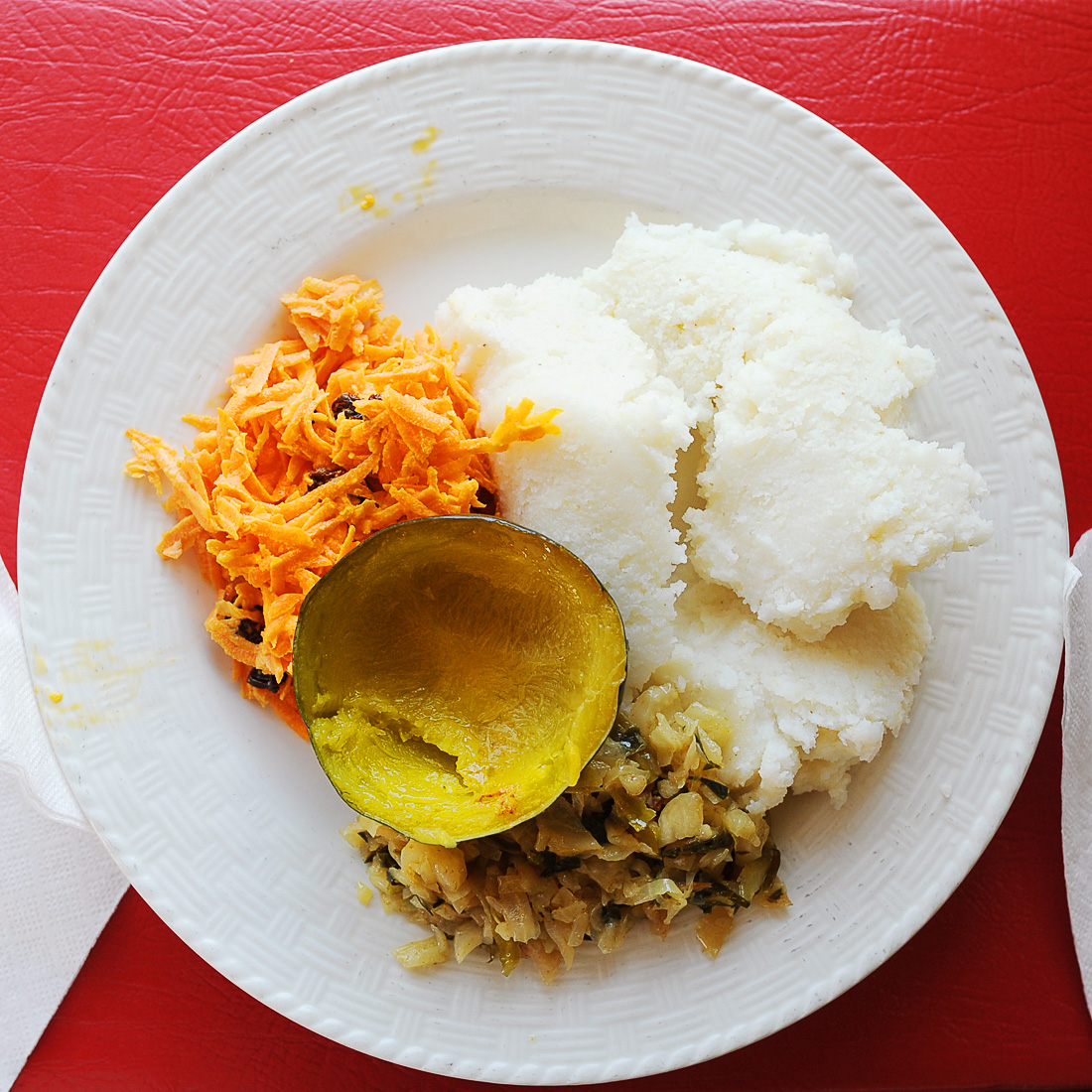The unknown country on the south of Africa
“Lesotho? Wait, what even is Lesotho? Oh, a country? Where is it? Hmm, I’ve never heard of it.” Well, let’s answer some questions. Lesotho is a small country on the south of Africa. If we’re more specific, it is a South African enclave. Guides describe Lesotho as a land of kind people. This can be confirmed also by us.
The country is lying 1000 metres above the sea level. The citizens of Lesotho are descendants of San tribe and are named Basotho. There are around 2 million of them. 85 % of people are literate, which puts Lesotho on the top of the list of African countries, considering literacy. Sadly, 20 % of people also have HIV, which also puts them on the top percentages in the world.
Our trip in Lesotho started in the village Malealea on the west of the country, known after the Pitseng Gorge. On a short hike from the village to the gorge, we were joined by village children who wanted to show us the way in exchange for money. We didn’t have it, but we gave them toys, which we brought just for that. All the children were looking at our every move and tried to imitate us. We climbed the gorge, they went behind us, when we went bathing in the pool, they did, even though they didn’t have a bathing suit or didn’t know how to swim. When we posed to the camera, they did and we found out that they were true little models. We befriended till the end of the day, played together and we gave them toys and in exchange they made us figurines made of mud or picked shiny stones for us. It surprised us how little it took to gain their trust. We only gave them Kinder eggs toys, nothing special and they were so happy.
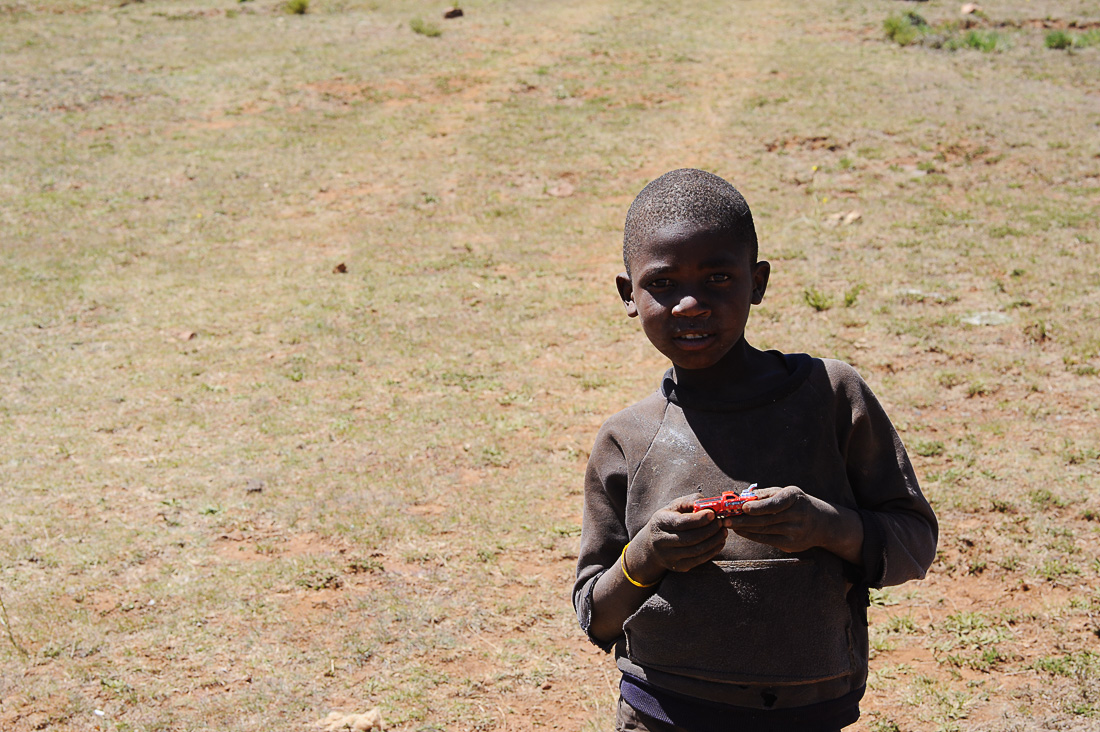
The next attraction was Malesunyane waterfall or Semonkong waterfall. We also met children here, but they were more arrogant and they were shouting: “Give me your money!” They were really irritating and the waterfall didn’t look so pretty because of them. It is the highest waterfall on the south of Africa with 192 metres and it’s higher than Victoria Waterfalls. We wanted to go to the waterfall pool and camp them but we needed sheriff’s permission, who lived 7 kilometres away, in a village, which can be accessed only by car. We decided that the waterfall isn’t worth it.
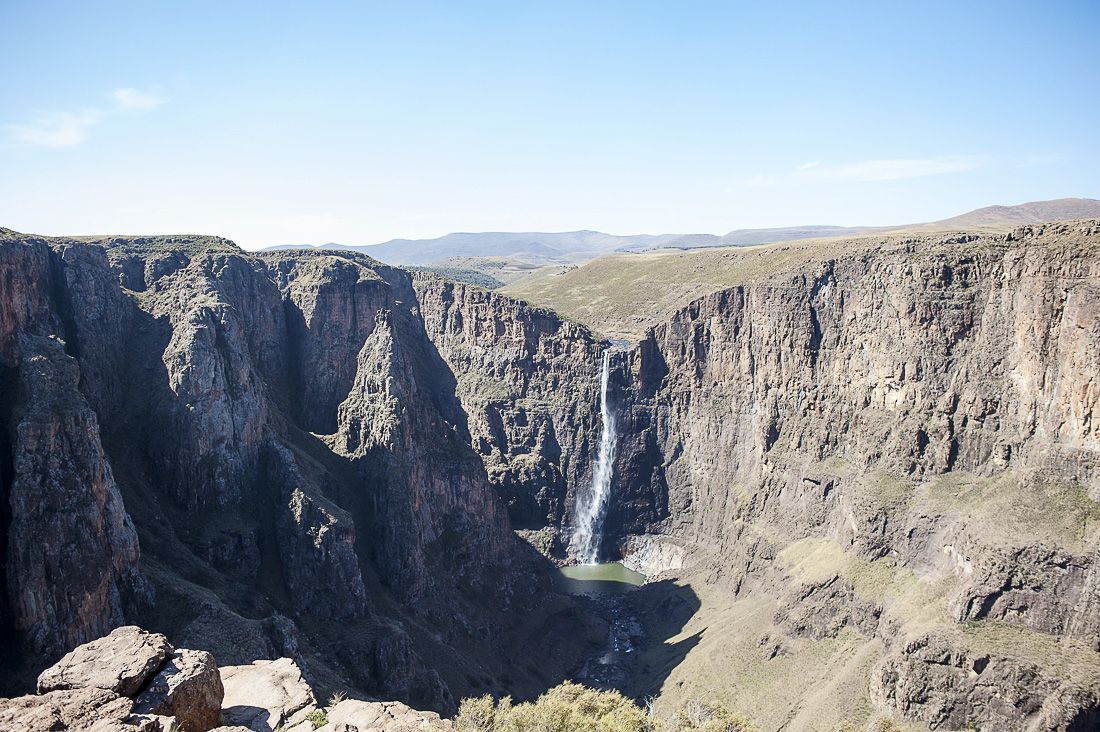
The path from Malealea village to this waterfall near Semonkong village was extremely interesting. Our GPS took us to a shortcut that didn’t have a great road. The macadam roads were so destroyed that we didn’t even know if it’s the right way. The river, which runs through the road, giant rocks were nothing unusual. It’s a good thing we rented a field truck. Even with a car like that, we were afraid that we’ll get stuck somewhere. We also didn’t drive more than 30 kilometres per hour. But this path was excellent for getting to know local village citizens in the remote places. Most of the people in rural areas live in simple round cottages with stone foundation and upwards they’re built from tree branches, which are jointed with mud. The roofs are thatched. The toilets are a few steps outside of the house and the kitchen is also outsite. Some villages have brick houses, but they are small and have straight roofs with a sun cell. When we drove through these places, we saw very few cars. It’s logical, as they live in places so remote that they can’t be reached by car. Even the best field trucks would take too much time to move on this paths. It is faster and easier to go with a donkey or a horse. The fashion was also interesting. Everyone was covered in traditional Basotho covers. These thick woollen covers protect them from sun, wind and rain. Many of them have their covers on their head with just a hole for the eyes and everything else is hidden from sun and cold.

Because we’re not city people, we saw Maseru, the capital, quite quickly. We drove through, stopped for lunch, which was excellent and drove on. We tried their typical food pap, it’s made from white corn flour and it has different vegetables sides. It was amazing and cheap. But otherwise, Maseru is like every other city. It has nice modern buildings, big shopping centres etc. The contrast of the simplicity of the rural area.
In the next days, we explored the national park Ts’ehlanyane, which is protected because of its forest. Lesotho doesn’t have a lot of forests, it is mostly covered by meadows. In the national park Ts’ehlanyane there is an acacia forest and giant antelopes elandi walk through it. The acacia forest disappointed us a little. Acacia is a bush and does not make a forest that we know.
On the east side there is an asphalt road, named “Roof of Africa”, which leads among the highest peaks of Africa and always runs above 2000 metre of altitude and sometimes even rises above 3000 metres. The turns are sharp and the climbs have 20% incline and the views are amazing. The ride is amazing and ends on the South-African border with Sani Pass. Sani Pass is one of the best off roads in Africa. The road in the whole roof of Africa is in excellent condition and on the border with South Africa, the asphalt ends. There is only a steep and winding descent on macadam road. This pass is one of the main reasons why we hired the field truck and why we decided to visit Lesotho, but the weather wasn’t on our side. There was sunny in Lesotho. A little bit windy but without a cloud. And the South-African side had ugly clouds. When we started to descending on the macadam road, we drove in the middle of these clouds so that we barely saw a metre in front of us. Now imagine that you’re driving on a wet, steep and winding road. The wipers are running and the breaks are creaking so you don’t know how long they will last. And of course you don’t see anything in front of you because of the fog. Well this was our drive in Sani Pass. It was very interesting, scary and definitely full of adrenalin, but we sadly missed the enjoyment and the beautiful views. Other time then.
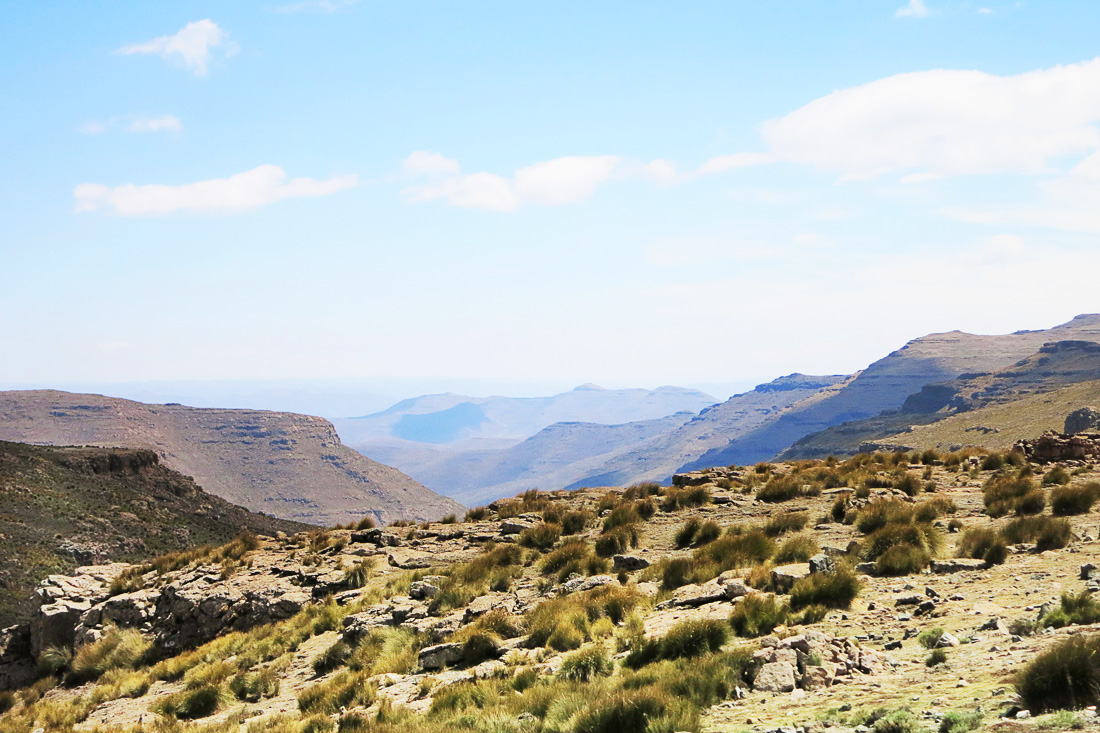
We visited Lesotho on our four-week travels in south of Africa and we can say that we were very cold (because we camped 2000 metres above the sea in spring) and at the same time it was amazing because of the nature and kind people.
